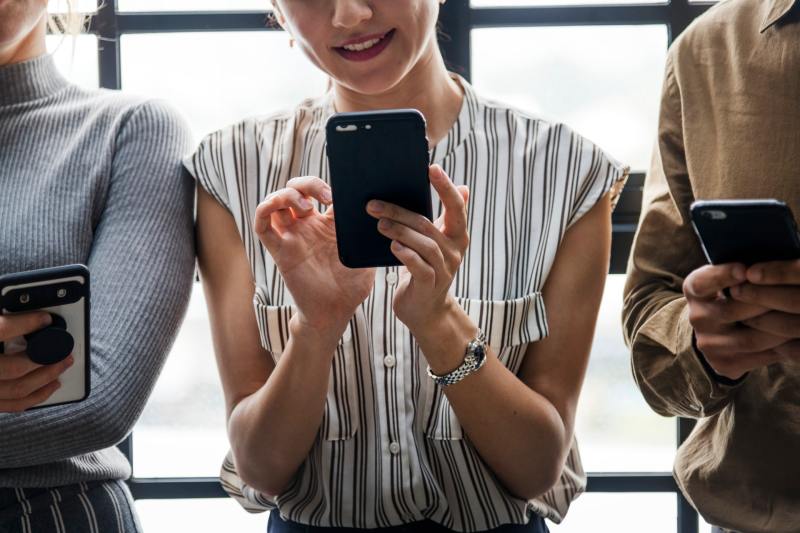If you’re under the age of 30, you’ve probably heard that you’re addicted to your phone. People love to accuse millennials of being selfish and narcissistic, and more often than not, they place the blame on technology. Millennials have been said to check their phones 150 times per day and 39 percent admit they interact more frequently with their smartphone than they do with people. Millennials have grown so dependent on their phones that the term “nomophobia,” derived from “no mobile phone phobia,” has gained recognition in the past few years.
When I wait in line at Starbucks, I almost always scroll through Instagram instead of daring to stand unoccupied, even though I almost always forget what I’ve scrolled through moments later. During the five-minute break halfway through my two-hour lectures, I reach for my phone so quickly it’s almost instinctual. God forbid I find myself left to my thoughts, without the convenient distraction of someone else’s virtual life. Tech companies themselves are catching onto to this crisis. The newest iOS update includes tracking of the amount of time spent on each individual app, and Instagram has the option to “manage your time” by setting up alerts once you surpass a certain number of minutes (or hours) scrolling through your feed.
Attempting to beat the media addiction is one thing, but what are the real effects of all this technology? I’m not a chem major, but if we want to get scientific, engaging with technology – and specifically with social media – is said to release dopamine. Dopamine is the same chemical that causes the feel-good sensation associated with drinking and smoking; in other words, it’s highly addictive. A childhood surrounded by technology forces a dependency on social media that has the harmful potential of interfering with the development of meaningful relationships with family and friends. Instead of playing outside on the playground together, young children sit next to each other on iPads, not speaking, tapping screens that depict virtual realities instead of interacting with the real world around them. Later on down the road, this upbringing can jeopardize relationships and careers due to, among other things, the inability to maintain eye contact in a conversation for more than five seconds.
In a world overflowing with artificially generated interactions, the only hope for balance is through non-virtual communication. In-person communication will help develop stronger listening skills and improve our ability to interpret emotions. Beyond making us better rounded, these skills are beneficial and rewarding across every discipline.
So next time I’m alone in line, or while walking to class, maybe I’ll think twice before glancing mindlessly at a screen.
Contact Elizabeth Dunn at eldunn14 ‘at’ stanford.edu.
